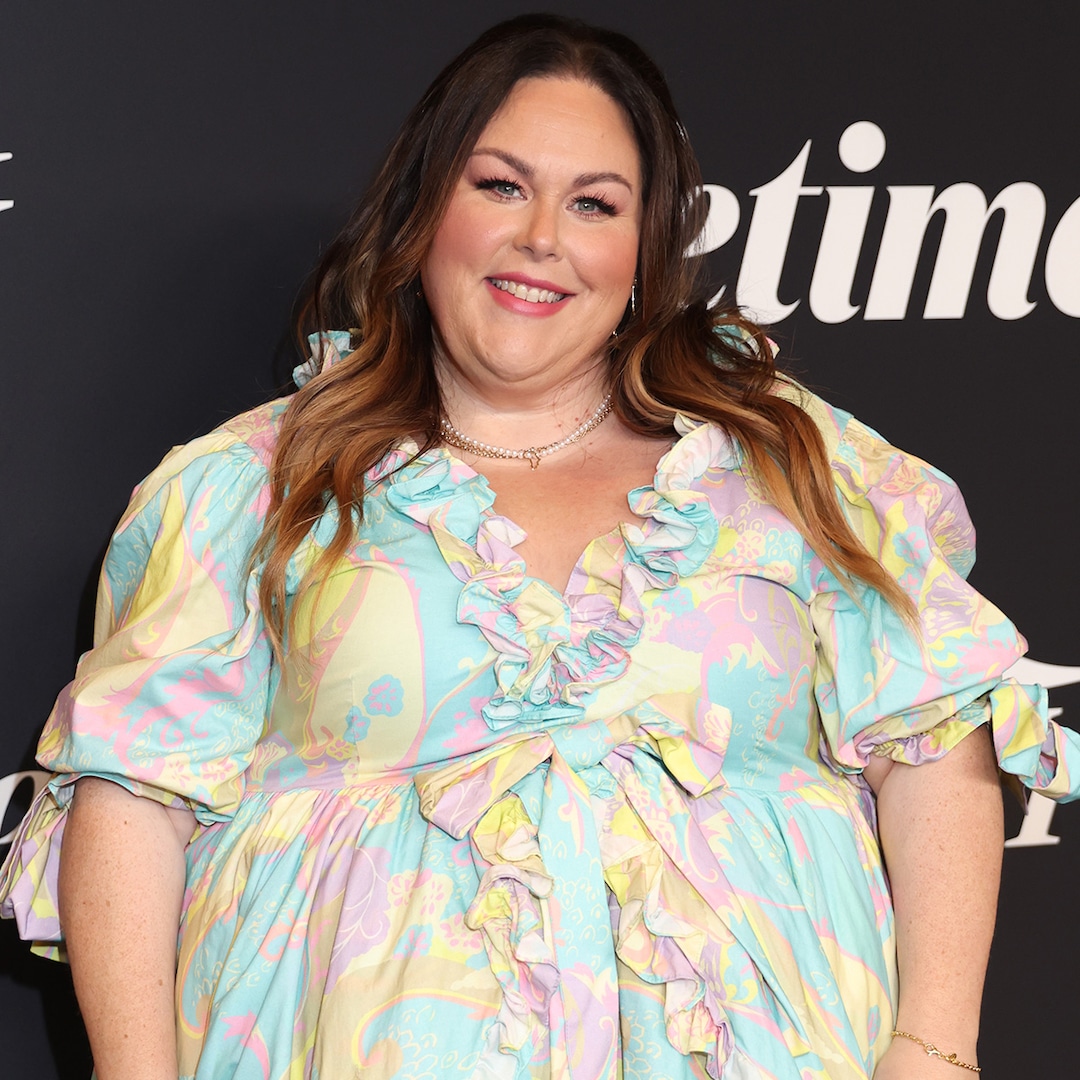“`html
In a groundbreaking move set to reshape the future of sustainable fashion, major retailers worldwide will implement stringent eco-friendly policies by 2025. With environmental concerns escalating, this initiative targets the reduction of carbon footprints and waste in the textile industry, addressing both consumer demand and regulatory pressures.
Understanding the Shift to Sustainable Fashion
The global fashion industry, valued at over $2.5 trillion, is notorious for its environmental impact. According to a report by the United Nations, the sector is responsible for 10% of annual carbon emissions and is the second-largest pollutant of water globally. Recognizing these alarming statistics, a coalition of retailers, including H&M, Zara, and Levi Strauss, announced plans to adopt sustainable practices that prioritize ecological stewardship.
“The fashion industry must evolve to meet the challenges of climate change,” said Dr. Emily Carter, an environmental economist at Green Futures Institute. “This initiative not only addresses consumer demands for transparency but also aligns with global sustainability goals.”
Key Elements of the Initiative
Several core strategies underpin the retailers’ commitment to sustainability:
- Material Sourcing: Brands will shift towards organic, recycled, or otherwise sustainably sourced materials.
- Supply Chain Transparency: Enhanced monitoring systems will be implemented to ensure ethical labor practices and reduced environmental impact.
- Waste Reduction: Initiatives include recycling programs and designing clothes for longer life cycles.
- Carbon Neutral Goals: Retailers aim to achieve net-zero emissions by 2030 through renewable energy investments.
These strategies emerge as responses to both regulatory frameworks and consumer advocacy. A 2022 survey by the Global Fashion Agenda found that 66% of consumers are willing to pay more for sustainable products, indicating a shift in purchasing behavior that retailers cannot ignore.
Challenges and Opportunities
Despite the positive outlook, challenges remain. Transitioning to sustainable practices involves significant upfront costs and logistical hurdles. “While the roadmap is clear, the execution will require substantial investment and innovation,” stated Mark Thompson, a sustainability consultant. “Brands must navigate their supply chains carefully to avoid greenwashing, which can undermine consumer trust.”
Moreover, the textile industry faces formidable obstacles in sourcing sustainable materials. The availability of organic cotton, for example, remains limited, and the recycling infrastructure for textiles is still in its infancy. As such, collaboration across the industry becomes crucial.
Multiple Perspectives on Sustainability
Opinions vary on the feasibility and sincerity of retailers’ commitments. Critics argue that many large brands engage in “greenwashing,” where they market themselves as environmentally friendly without making substantial changes. “It’s essential for consumers to scrutinize brands’ claims and demand accountability,” cautioned Dr. Lisa Nguyen, a fashion ethics researcher.
Conversely, proponents of the initiative highlight the potential for industry-wide change. “This is a pivotal moment for fashion,” noted Emma Rodriguez, co-founder of the nonprofit Fashion for Good. “If major players commit to sustainability, it sets a precedent for smaller brands and can catalyze a broader shift.”
The Role of Consumers and Future Implications
As retailers embark on this journey, consumer engagement will play a crucial role. Education about sustainable fashion and its impact can empower consumers to make informed choices. The fashion industry must foster an environment where consumers feel involved in the sustainability narrative.
Moreover, regulatory bodies are beginning to hold brands accountable. The European Union has proposed new regulations that mandate sustainability disclosures, further pushing retailers towards responsible practices. This regulatory shift could encourage innovation in sustainable materials and production processes.
Looking Ahead: The Future of Fashion
The implications of this initiative extend beyond the retail sector. A commitment to sustainability could drive technological advancements, such as the development of biodegradable materials and innovative recycling methods. Furthermore, as more companies adopt these policies, economies of scale may reduce costs, making sustainable fashion more accessible to consumers.
In conclusion, the push for sustainable fashion represents a significant turning point in an industry long criticized for its environmental footprint. While challenges exist, the collaborative efforts of retailers, consumers, and regulatory bodies indicate a promising future. As the landscape evolves, stakeholders must remain vigilant, ensuring that sustainability is not merely a trend but a fundamental aspect of the fashion industry.
Call to Action: As consumers, we can influence the fashion industry by supporting brands that prioritize sustainability. By making informed choices, we contribute to a greener future.
“`

